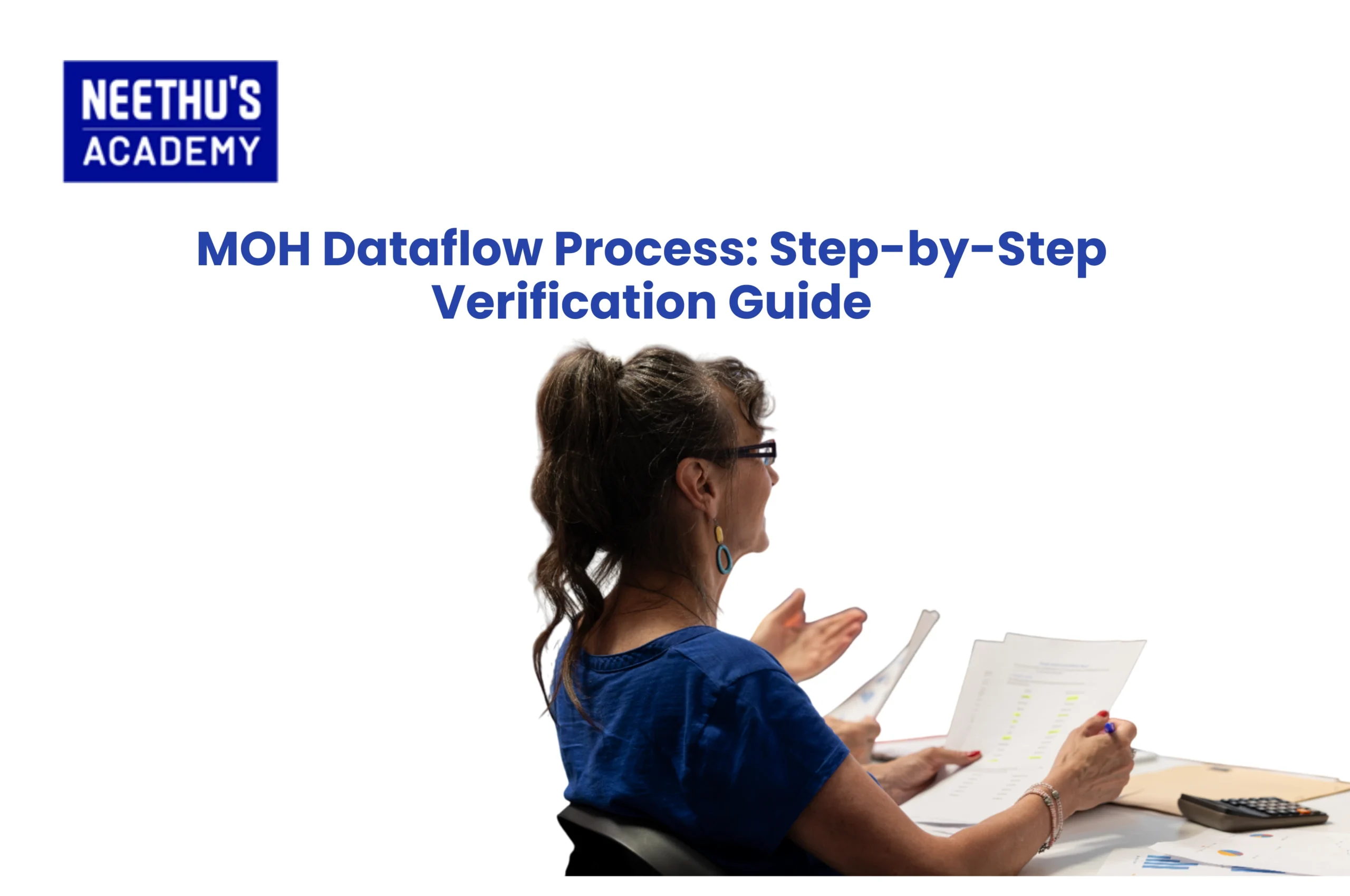For doctors, the Reading module is of extreme importance as it assesses the ability of a doctor to comprehend complex medical texts,…

OET Doctor Patient Listening Strategies: How to Improve Your Score
he Occupational English Test (OET) is a key test for healthcare practitioners to enable them to work in English-speaking countries. For doctors, the Listening part tests your ability to listen and understand spoken English in hospital settings, specifically in patient consultations.
In this blog, we’ll break down the structure of the test, identify common challenges, offer proven OET listening tips, and suggest actionable strategies to improve your performance, especially in doctor–patient listening scenarios.
Introduction
Listening plays a major role in clinical communication. In OET, it assesses your ability to listen to patient histories, collect clinical information, and respond in the right way.
Whether a new graduate or a seasoned practitioner, improving your OET doctor-patient listening is important. With a good strategy, regular OET listening practice, and the guidance of a top OET coaching centre, you can greatly improve your test results.
How the OET Listening Sub-test works
The Listening sub-test takes approximately 40 minutes and consists of three parts:
Part A: Consultation Extracts
You’ll hear two recordings of doctor–patient interactions. Your task is to complete notes based on the consultation. This part reflects the kind of listening you’ll do as a healthcare professional.
Part B: Short Workplace Extracts
You’ll listen to six short extracts from healthcare settings such as team briefings or handovers. Each is followed by a multiple-choice question.
Part C: Presentation Extracts
This section contains two longer recordings, such as interviews or health-related lectures, and then multiple-choice questions.
For physicians, Part A is especially important. You have to comprehend the patient’s question as well as the physician’s answer while you determine clinical information. Your listening skills will be assessed most in this section.
Major Challenges in Doctor–Patient Listening
A lot of candidates find the doctor–patient conversation in Part A challenging because of:
Accent difference (e.g., British, Australian, Irish)
Rapid, affective speech from patients
Employment of non-clinical terminology to report symptoms
Off-topic information or distractors during conversations
Multitasking—simultaneous listening and writing
All these obstacles can be resolved with targeted practice and strategic preparation.
Effective Listening Skills
To build solid OET listening skills, especially for doctor–patient consultations, adopt the following methods:
1. Preview the Notes and Questions
Take pre-listening time to scan headings and questions. This conditions your mind to listen for specific information in the interview.
2. Listen for Meaning, Not Just Words
Patients also relate symptoms in everyday language. Pay attention to synonyms and implied meaning, not only medical terms.
3. Take Effective Notes
Record brief phrases or abbreviations—just enough to finish answers without spending time on complete sentences.
4. Find Transition Words
Terminators like “but,” “so,” and “then” signal a shift in thought or detail. These help you keep up with the conversation and locate the important points.
5. Don’t Get Stuck if You Lose Something
Don’t get discouraged when something is lost. Concentrate on the next answer rather than getting stuck since the audio won’t re-play.
6. Listen to Different Accents
Listening to Australian, British, and other accents enhances listening flexibility and lessens ambiguity.
These strategies enhance understanding and facilitate achieving success in OET doctor patient listening exercises.
Practice Techniques and Resources
Practice is necessary on a regular basis. Use the following handy tools and techniques to practice:
Use Official OET Materials
Start with the official OET Listening practice tests for authentic exam-style practice.
Watch Medical Role-Plays
View doctor–patient consultations on YouTube or podcasts. Note the tone, delivery, and emotional intonation.
Dictation and Transcription Practice
Listen to the audio and note down what you hear. Next, compare with the transcript to see what you missed.
Repeat and Shadow Sentences
Listen to a sentence, pause, and repeat it out loud. This enhances real-time processing and comprehension of connected speech.
Diversify Accent Exposure
Make use of global podcasts and audio materials to accustom yourself to various pronunciations and rhythm patterns.
By using these methods in combination, you’ll develop the endurance and acuity necessary for actual test conditions.
Best OET Coaching Center in Kerala
While self-study can be effective, expert guidance often leads to faster results. If you are looking for the best OET Coaching center, then there is no better choice than Neethu’s Academy!
We Offer:
Experienced trainers with a healthcare or OET background
Mock tests and practice labs simulating real exam conditions
One-on-one feedback on listening performance
Personalised improvement plans
Training in accent adaptation and patient interaction
Neethu’s Academy is a name to be remembered when it comes to OET preparation. Its specialized focus on healthcare communication, scientific listening practice, and experienced faculty, the institute is among Kerala’s premier OET coaching centers.
Tips to Crack OET Listening
Here are tips on how to crack OET Listening and give it confidently in the exam:
Read and get used to the note headings beforehand, before the audio starts.
Train your ear for various accents and emotional intonation.
Practice listening along with writing brief, concise notes.
Don’t get stuck on one response—remain keen to find out what comes next.
Use good practice materials to practice realistically.
Seek expert guidance from a renowned OET coaching center if necessary.
These easy and effective tips will enhance your overall listening confidence and performance.
Conclusion
Good listening is the core of safe, patient-focused care—and passing the OET Listening Sub-test as well. For physicians, training in doctor–patient listening demonstrates being prepared to practice in international healthcare settings.
Practice every day, use clever tactics, and get guidance from the best OET coaching centre, and you will get your score as per your expectation and step closer towards your international medical practice.
Frequently Asked Questions
Practice on a daily basis with original healthcare audios, emphasizing comprehension and active note-taking.
Use empathetic statements such as “I understand your concern” and exercise a gentle, supportive tone.
Strive for 30–32 correct answers consistently in practice tests and apply organised strategies in the test.
Study all four modules with dedicated study and take expert assistance from a well-qualified coaching centre.
Related Blogs
- All Posts
- OET
Course Enquiry
Latest Posts
- All Posts
- canada
- CBT
- DELF
- DHA
- French
- GENERAL
- German
- Haad
- IELTS
- IQN NEW ZEALAND
- MOH
- NCLEX-RN
- NHRA
- OET
- OSCE
- Pearson Vue
- PROMETRIC
- PTE
- TOEFL
- Back
- NCLEX - NGN
- Back
- OET FOR PHYSIOTHERAPIST
- OET FOR PHARMACIST
- OET FOR DOCTORS



